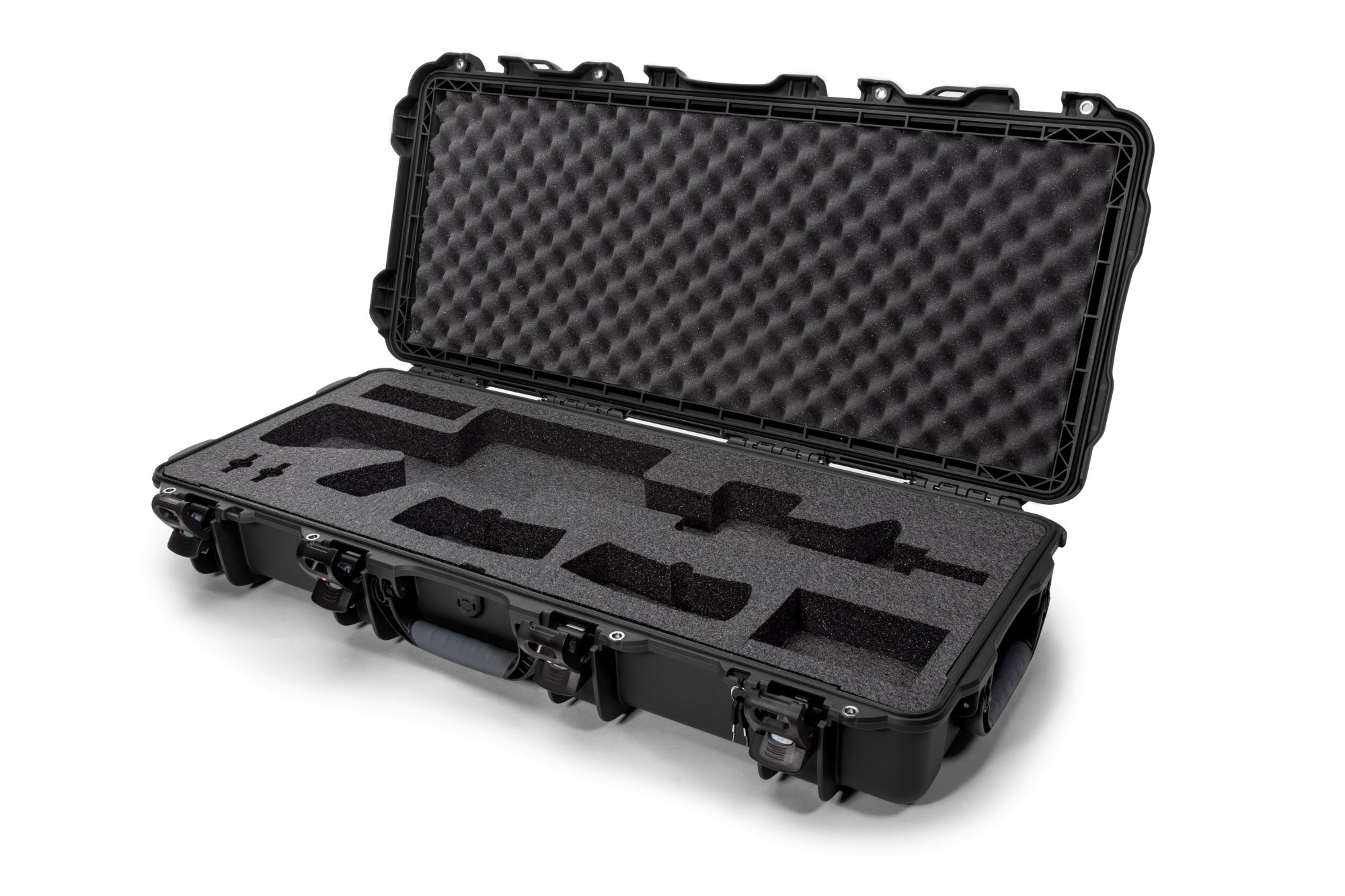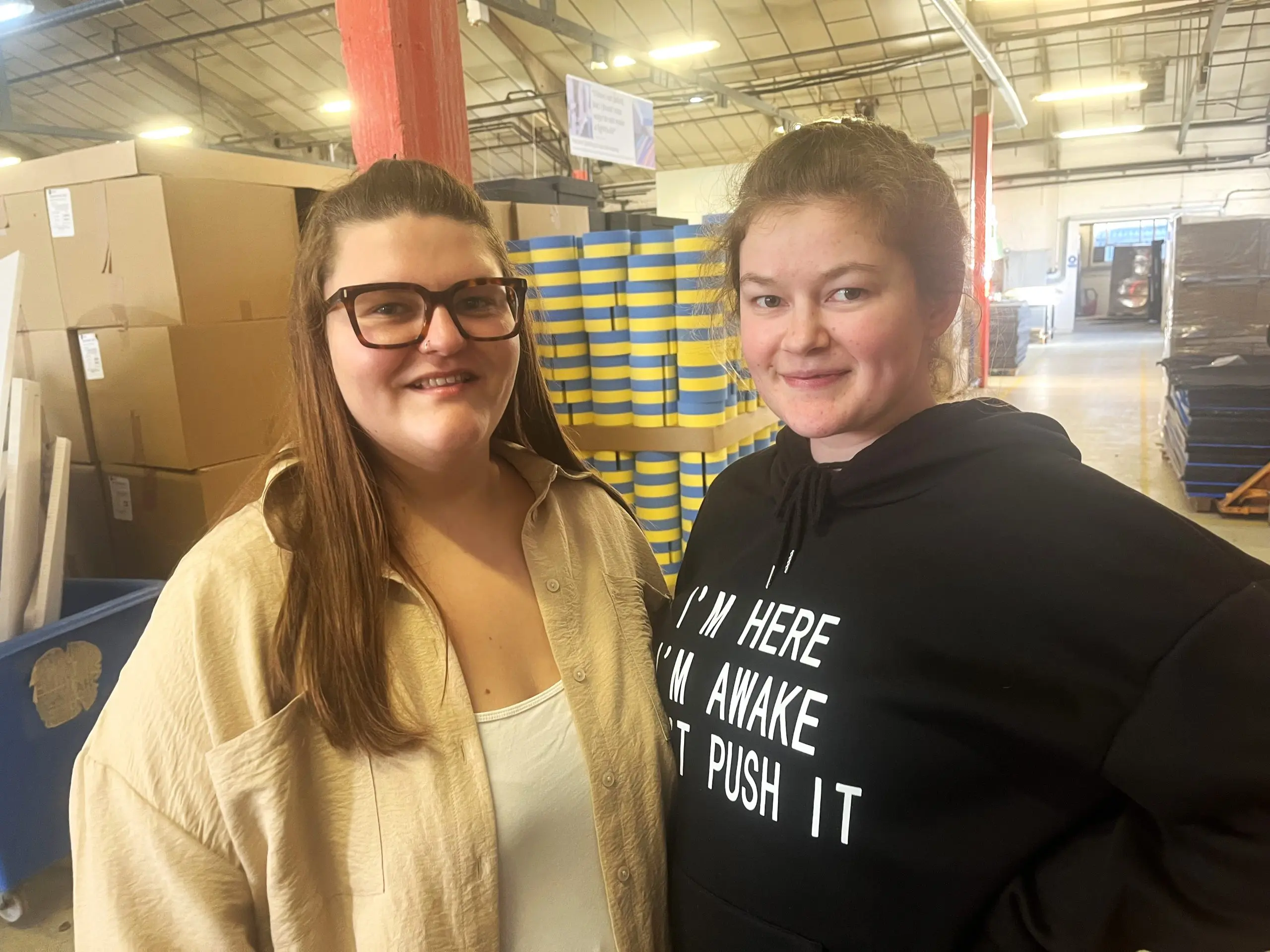
18th March 2025
Kewell Converters and the defence sector: Developing custom military foam solutions
Read more >

Melamine foam was developed in the 1990s and has become a very popular option for effective protection against sound and heat. This type of foam is not just highly effective but environmentally sound too – and can be processed into a broad spectrum of different products that meet the application of many industries. You will find melamine foam everywhere today, from high tech applications, such as aerospace, to home decoration and household appliances.
It is formed from melamine resin through a specific process and has a unique chemical and physical stability. It has great qualities, for example melamine foam won’t age or decompose and it has high levels of sanitation. Because of the way melamine foam is made – and what it is made of – it can help with everything, from heat insulation to sound absorption. Melamine foam is a high density foam with a cross linked structure and it performs well in many ways, from tear strength to flame retardancy. It is environmentally friendly and is incredibly versatile because it can be processed in such a range of different ways, including conventional die cutting and as a composite with third party materials.
Across multiple industries, including military, aviation, electronics, theatres, educational venues, express roads, home decoration, cleaning products and household appliances.
Melamine foam is incredibly versatile and has lots of attractive properties that ensure it can have many different uses. That’s why it has such broad application and is often a great alternative for more traditional materials.
Learn more about Kewell Converters Foam Materials or contact our team of foam experts to discuss your foam requirements.

18th March 2025
Read more >

17th March 2025
Read more >

6th March 2025
Read more >